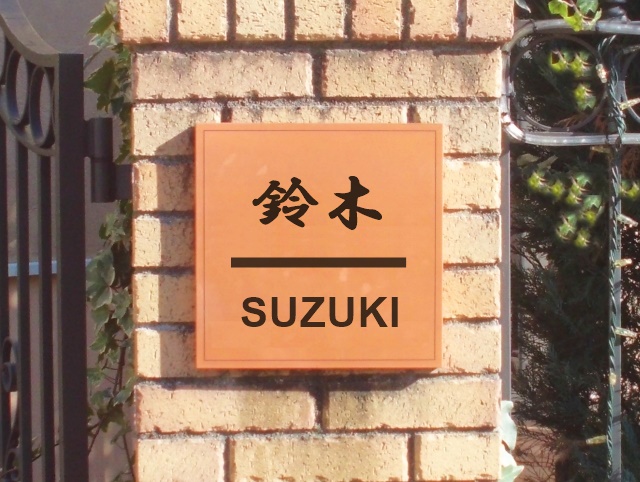Have you noticed a plate mounted onto the gatepost or by the entrance door of a residential house? They are called ‘Hyosatsu' and the letters indicated on it is the householder's name.
Hyosatsu - name plate - carries the family name of the residents, the first name of the householder as well as other family members' names can be added optionally.
We can recognize it as your house
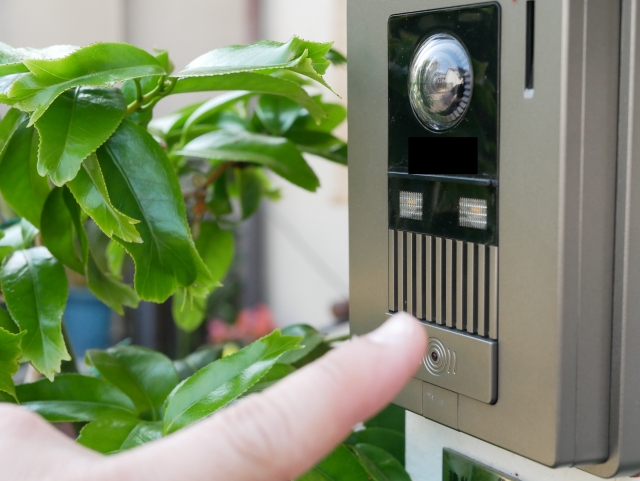
In that way, Hyosatsu is an aid for the identification yet also what personalise the house. Therefore, people usually choose the one very carefully.The plate helps to identify the house you visit or for the postmen and deliverers to confirm the name of the receiver.
Since deliverers are obliged to deliver items not to the house number but to the individual it is addressed to, it's very important to be sure if the very person resides there.
Name Plate Design
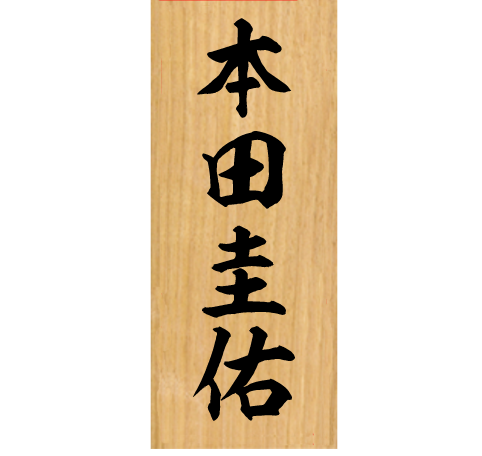
Conventionally, they are made of wood, probably the name is written vertically from top-to-bottom on them as seen in traditional Japanese writing.
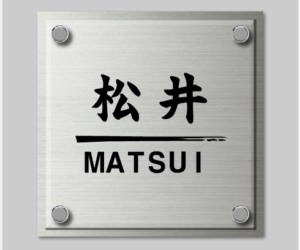 |
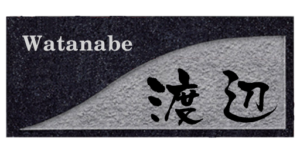 |
Though people now have multiple choices in terms of material and design, even the shape.
It can be of metal, ceramic, marble stone or easy plastic. Often they carry the name written horizontally either in Japanese or even in alphabet of any font of their liking.
However, people started to have different opinions regarding the Hyosatsu system nowadays
Some people are not willing to reveal the name to anonymous. The world is not safe and peaceful as before and you cannot remain innocent as good old days.
So it is not a surprise that there are the people who don't want to display the Hyosatsu at their house.
It is not obligatory so it's up to you.

